
Neurology
The brain is one of the most mysterious organs in our body, and despite years of research, many questions remain unanswered. However, science has made significant progress. Techniques like Deep Brain Stimulation and advanced imaging have allowed doctors to treat conditions once considered untreatable.
Through our global network of neurologists, we offer hope to those with neurological issues. We provide access to cutting-edge treatments, increasing the chances of recovery.
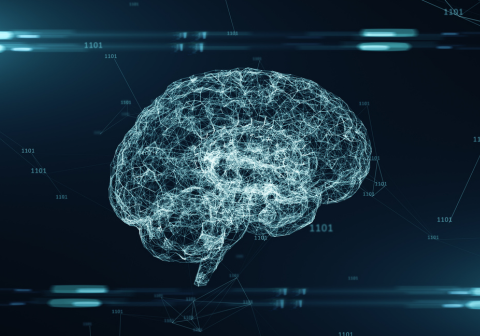
Deep Brain Stimulation
Deep Brain Stimulation (DBS) is a surgical procedure used for movement disorders like Parkinson’s disease. It involves placing electrodes in the brain connected to a device generating electrical impulses, regulating abnormal brain activity. DBS improves symptoms and quality of life, especially for medication-resistant patients. A team of neurosurgeons and neurologists manage the procedure, which demands careful patient selection and ongoing oversight.
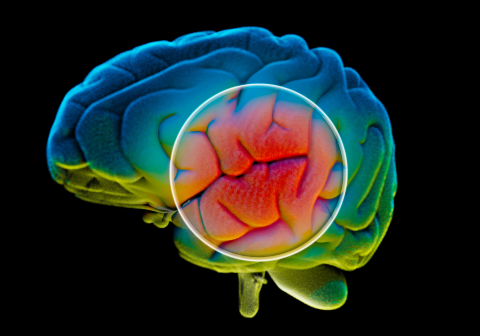
Focused Ultrasound
Focused Ultrasound is non-invasive, utilizing sound waves to treat various conditions. It focuses sound waves on specific areas, generating heat that destroys diseased tissue. This method treats tumors, fibroids, and neurological disorders like Parkinson’s disease. It offers a shorter recovery time and fewer complications compared to traditional surgeries.
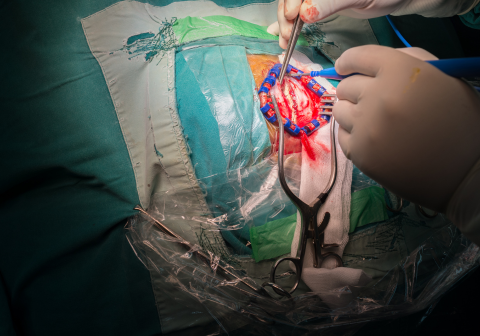
Craniotomy
Craniotomy involves temporarily removing part of the skull to access the brain. It’s used for brain tumor removal, aneurysm treatment, skull fracture repair, and other neurological conditions. Often an emergency procedure, craniotomy requires specialized skills and equipment and is performed under general anesthesia.
Electroencephalography (EEG)
Electroencephalography (EEG) involves placing electrodes on the scalp to record brain electrical activity. It’s used to diagnose neurological conditions like epilepsy, dementia, and sleep disorders. EEGs are safe and painless, performed in clinical settings by healthcare professionals.
Electromyography (EMG)
Electromyography (EMG) measures muscle and nerve electrical activity. Electrodes are placed on the skin or inserted into muscles to detect signals. EMG diagnoses nerve damage, muscle disorders, and spinal cord injuries, guiding treatment decisions. It’s an outpatient procedure and a valuable diagnostic tool.
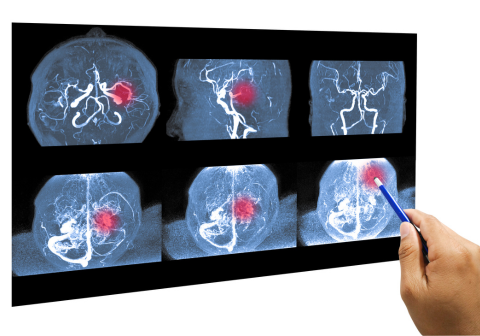
Cerebral Angiography
Cerebral Angiography visualizes brain blood vessels using contrast dye and X-rays. It identifies conditions like aneurysms, strokes, and malformations. Radiologists perform this diagnostic procedure, which may require an overnight hospital stay.
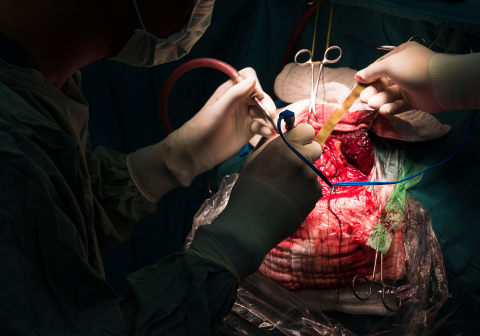
Brain Tumor Surgery
Brain tumor surgery removes abnormal growths in the brain. It’s performed for cancerous tumors or symptomatic cases. Specialized neurosurgeons conduct these complex procedures in advanced facilities.
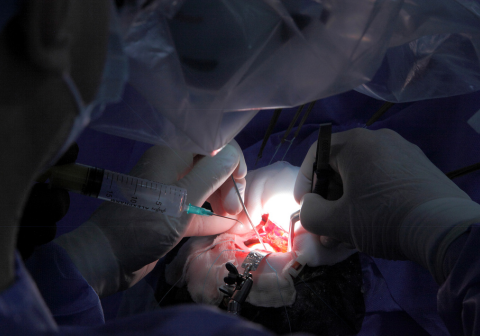
Brain Aneurysm Surgery
Brain Aneurysm Surgery repairs aneurysms to prevent rupture. Clips or coils are placed to secure the aneurysm. This emergency procedure prevents bleeding from ruptured aneurysms.
Lumbar Puncture (Spinal Tap)
Lumbar puncture collects cerebrospinal fluid from the lower back for testing. It helps diagnose infections, bleeding, and neurological disorders. Performed as an outpatient procedure, it’s safe when done by trained professionals.


